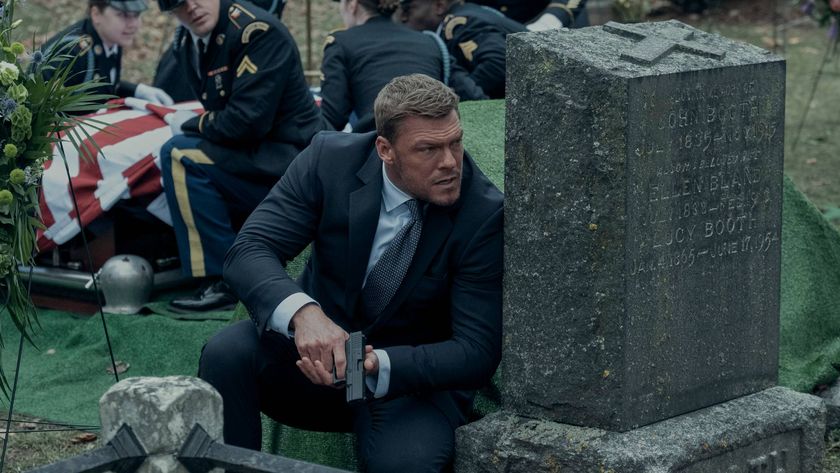'We're all talking about Zelda: Breath of the Wild': Developers explain how it's shaping the future of games
You know how you can always tell a game that came out after Dark Souls? Yeah, it's going to be like that.

It's a massive cliche to call anything "the next Dark Souls" because that usually just means "another popular, super-hard game". So suppress your eye-rolling reflex when I say The Legend of Zelda: Breath of the Wild might have already proven itself as the next Dark Souls. Not because it's hard, but because the people who make video games can't stop talking about it.
You can pretty cleanly divide the last decade of game design into two eras: before Dark Souls and after Dark Souls. Games like Salt and Sanctuary or Lords of the Fallen directly transpose many of the same Souls mechanics into new environments, while countless others carry on smaller bits and pieces of its idiosyncratic design: impromptu PvP invasions in Watch Dogs 2, scattering your loot when you die in Shovel Knight, finding messages from other players in ZombiU. That all started because game developers couldn't contain their excitement for all the brilliant things Dark Souls does. They wanted to take those ideas and recreate, rework, and expand them in their own projects.
"It doesn't matter if the game is as far away from BotW as you can possibly get, we're all talking about it and how it makes us think."
I follow a ton of game developers on Twitter, and in the months after Breath of the Wild came out, I began to suspect a similar critical mass of excitement and analysis was happening. Independent producer Felix Kramer noticed a similar sentiment in their meetings with various game makers.
"Even though I can't speak in specifics about any of the unannounced games I'm working on at the moment, I can tell you that no matter the project, BotW has come up in design/writing/gameplay meetings. Every single one," Kramer tells me. "It doesn't matter if the game is as far away from BotW as you can possibly get, we're all talking about it and how it makes us think."
So game makers are discussing Breath of the Wild. They're pondering projects inspired by it, and in some cases already working on them. If you've played the game, you already know why that's exciting - if not, read our The Legend of Zelda: Breath of the Wild review. I asked several of those same creators what the new Zelda could mean for the games we'll be playing in two or three years.
Be encouraged, not just allowed, to experiment
As it turns out, the elements that make Breath of the Wild's open world actually feel open are pretty popular.
"I think the sense of freedom and experimentation is incredibly inspiring," Hyper Light Drifter creator Alx Preston says. "Nintendo managed to make a variety of disparate game systems function together in a way that feels like far more than the sum of their parts, leading to a level of creativity in how a player approaches many of the challenges that's uncommon in most games. Player expression is incredibly important to me, both as someone who plays and designs games, so this (admittedly broad) aspect is something I can point to for any number of future design conversations."
Sign up to the GamesRadar+ Newsletter
Weekly digests, tales from the communities you love, and more
Adam Saltsman, the creator of infinite runner progenitor Canabalt (Finji, the studio he co-owns with his wife Rebekah Saltsman, is now working on turn-based survival game Overland), explains why Breath of the Wild feels so open to experimentation: the world almost always behaves as you'd expect. Dry grass catches fire, fragile weapons shatter faster, valuable rupees aren't just waiting to be found under every rock, and so on.
"It creates this environment that is pretty consistent, and I think as a player it's easy to think up like the next weird experiment you want to try," Saltsman says. "I love this, and we're trying to do stuff like this in a bunch of our games. It's really satisfying to see ideas like that in something we didn't work on, though, and to see that it totally pays off. That sounds really self-congratulatory but I mean Zelda shipped and our games haven't yet so whatever."
Flat open worlds are done
If you pay much attention to game design, you've probably heard the term "verticality" before. It means that a level goes up and down and not just side to side. Sounds like a simple concept, but it's still one that relatively few games embrace. Rami Ismail, who is one half of Nuclear Throne and Luftrausers studio Vlambeer, says he hopes more games take a cue from Breath of the Wild's soaring mountain ranges and deep canyons:
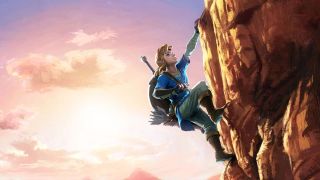
It crafts an intimate attachment to the fabric of the world itself, the ability and requirement to literally go hands-on.
"The verticality plays into most of the other core aspects of the game: friction (climbing comes at the cost of stamina, just like attacks cost weapon durability, shield surfing/defending costs shield durability, etc.), environment (rain, specifically, although it's a bit overdone maybe), and exploration (there doesn't need to be a real reward at the top of any climb, because being able to see further is a reward on its own with the way the shrines and towers are easily visible with the eye)".
Full disclosure: Ismail thinks Nier: Automata will prove to be way more influential than Breath of the Wild in terms of game design. Honestly, I wouldn't mind more sad/cute robots and bullet-hell boss fights, either. But back to Zelda.
"While many open world games use weather, emergent gameplay, and other elements that Zelda also applies masterfully, no game has done verticality as well as BotW, and so much of the core experience is cunningly built around it. By contrast, it makes other open world games - even mountainous ones - feel flat. If that's what developers take away from Zelda: Breath of the Wild, I'm excited to see what comes out in three years in the open-world genre."
More thirst-worthy characters
We can talk about clever systems all day. But sometimes you have to take a break from all those interlocking mechanics and get really invested in handsome bird people. That's the one thing that Kramer has taken away the most strongly from their time with Breath of the Wild.
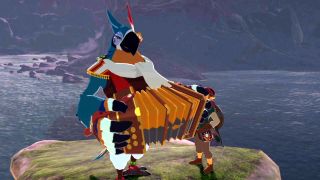
"I've got this little folder of future games I want to work on - you know, like every aspiring game dev I've come up with 1,000 pitches I'm never going to use - but I will tell you that next to several of my pitches I've written things like 'More Giant Women' and 'Hot Supportive Prince?'" Kramer says. "And then next to another, simply, 'this, but with Kass'. So if I had to say what BotW has made me want to include in games more, it's probably 'Indulging in Felix's Extreme Thirst'. You know, for game dev's sake."
Godspeed, Felix. This cruel world needs more crush-worthy bird bards.
Start with all your tools
Noitu Love 2 and Iconoclasts developer Joakim Sandberg is impressed by the way Breath of the Wild gives you everything you need to solve most of its challenges within the first hour. Once you have all four Sheikah Slate powers and your hang glider, using them together in clever ways means almost nothing in Hyrule is off limits.
"It opens up a better approach to figuring out your puzzles or tricks," Sandberg explains. "You can expect players to have access to mechanics at any point, making you able to be more clever about your level design, ask to combine different tools, and most of all allow players to go anywhere right away.
"When a game slowly rewards you with a tool over the course of the game, you both get the side-effects of revealing that the new tool will be necessary in the near time, and that it will have less relevance the later it is available to you. A delayed tool or ability also makes you go back to comb over areas you already explored, instead of having the satisfaction of completing it upon initial discovery. As a side note, I just love a small number of very dynamic tools overall, instead of 20 tools".
Game designer and graphic illustrator Kyle McKernan is also enamored with the way Breath of the Wild freely hands out its limited kit: "I think one of the most inspirational things about this game that I’d love to try in my own work is the idea of simply giving the player most or all of their tools at the beginning and building the world/mechanics to allow for emergent gameplay from there. The different abilities are such a joy to play with in this game that I didn’t feel like I was choosing a lesser method when I decided to do something really silly to take out a bunch of enemies."
...then break the rest, over and over
Minor upgrades aside, the physics-skewing Sheikah Slate is a constant from your first hang-glide off the plateau to the final battle against Ganon. The swords, bows, and shields you use along the way are the complete opposite; If I got a bow that broke after firing 15 arrows I would write a strongly worded email to the manufacturer, but that's just how life works for Link. While many players have complained about what they feel is an overly punitive durability system, JF Major of Tribute Games (creators of Flinthook and Mercenary Kings) loves the way it deeply alters the usual loot-driven formula.
"I would love to see a Diablo with no repairing. Did that gear just break on you? Tough luck, go find new gear!"
"One thing Zelda has always taught me is how to become a hoarder," Major says. "Whether it be for rupees, heart pieces or items, I want them all! And that is something common in most games. My Diablo bags are always an item away from being full. So when I first heard of breakable weapons and shields for Breath of the Wild, I had my doubts.
"I remember throwing one of my first weapons down a cliff by accident when learning the controls and immediately reloading a save file to fix that mishap. But as I got deeper into the game, I started enjoying that mechanic. Yes, sometimes I wish some weapons would last forever, but when I'm down to my last poor selection of weapons, I have to find new imaginative ways to defeat my foes. It also encourages me to master different weapon types and play styles which forces me out of my comfort zone. I would love to see a Diablo with no repairing. Did that gear just break on you? Tough luck, go find new gear!"
But Nintendo is a tough act to follow
Before developers embark on their Breath of the Wild-inspired projects, they should consider what really makes the whole package so appealing. Is the collection of ideas itself the impressive part, or is it the fact that they all feel great on their own and when working together? Megan Fox, a former programmer on Lego Universe who is now creating first-person beat-em-up Spartan Fist, thinks 'immense amounts of polish' are what really set Breath of the Wild apart - and that anyone without Nintendo's resources may have a tough time finding success with a similar approach.
"The climbing and weapons degradation are the best examples," Fox says. "Those have been attempted in I suspect hundreds of games, but always came off as hacky and generally unfun. That Nintendo got them to be amazing is less a testament to 'wow being able to stick to everything is great!' or 'wow I love it when my sword breaks mid-fight', but to the immense amount of time Nintendo invested in figuring out how to incorporate those without them making players immediately gag or spike their controllers into the floor."
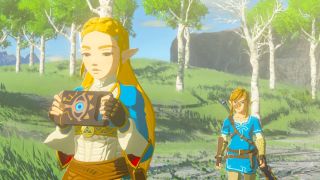
Fox is right. You can't overstate how important refinement and polish are to most great Nintendo games, Breath of the Wild included. But having a good example to work backwards from makes a big difference. I suspect developers will be able to reverse engineer some of the magic that makes Breath of the Wild feel so good with (comparatively) less effort than Nintendo needed to lay the framework.
Nevermind the big-budget scale and the grandeur, finally setting foot upon the massive fantasy kingdom that always shimmered in our imaginations, and laying hands upon the tools to traverse and manipulate the world however we like. Here's all I really want: in a few years time, to look at some clever new project that trusts its players to experiment and explore and say "yes, this is clearly a post-Breath of the Wild game."
Is there any part of Breath of the Wild that you'd really like to see take root in other games? Leave a comment and let us know!
I got a BA in journalism from Central Michigan University - though the best education I received there was from CM Life, its student-run newspaper. Long before that, I started pursuing my degree in video games by bugging my older brother to let me play Zelda on the Super Nintendo. I've previously been a news intern for GameSpot, a news writer for CVG, and now I'm a staff writer here at GamesRadar.
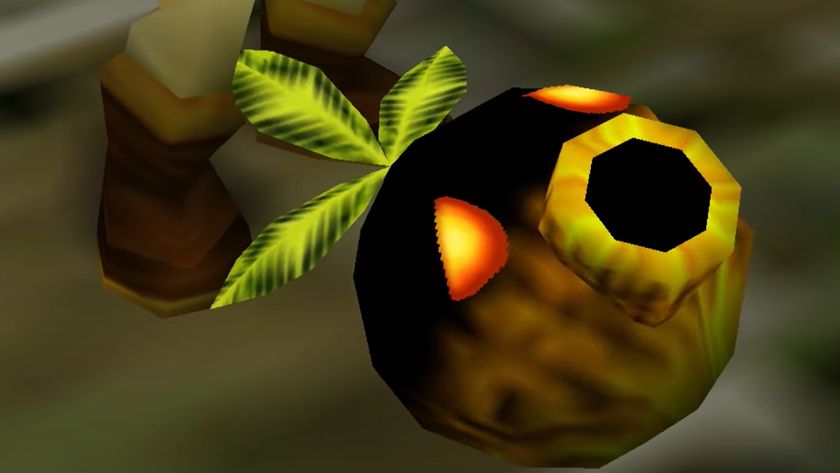
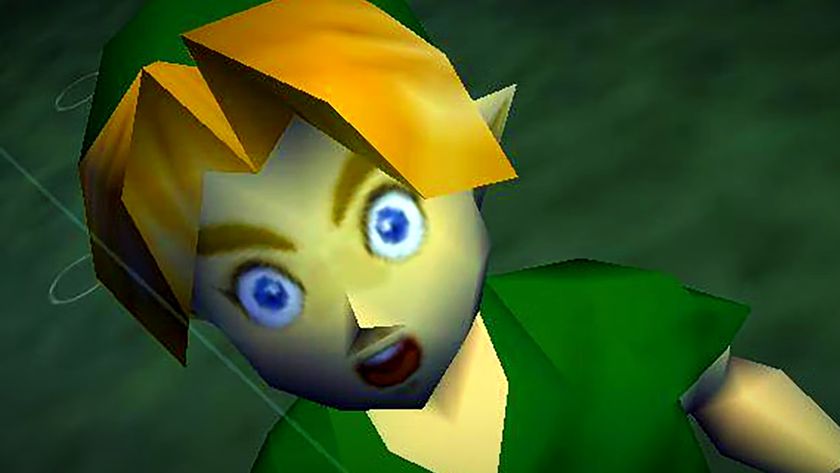

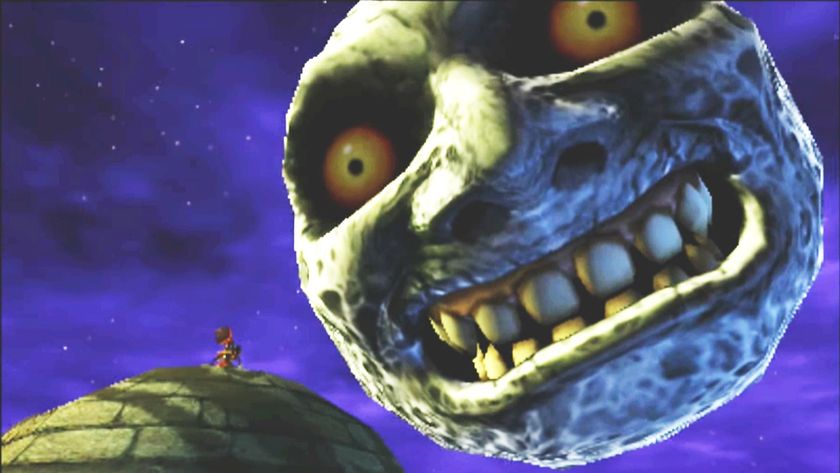









After a year of trying, Zelda: Majora's Mask streamer becomes world's first to pull off randomized no-hit run where even blocking causes a game-ending Mooncrash

"I can't go through [with] this": The weirdest Zelda ad didn't get Nintendo's approval, but it probably happened anyway because the marketing execs were already on-site



